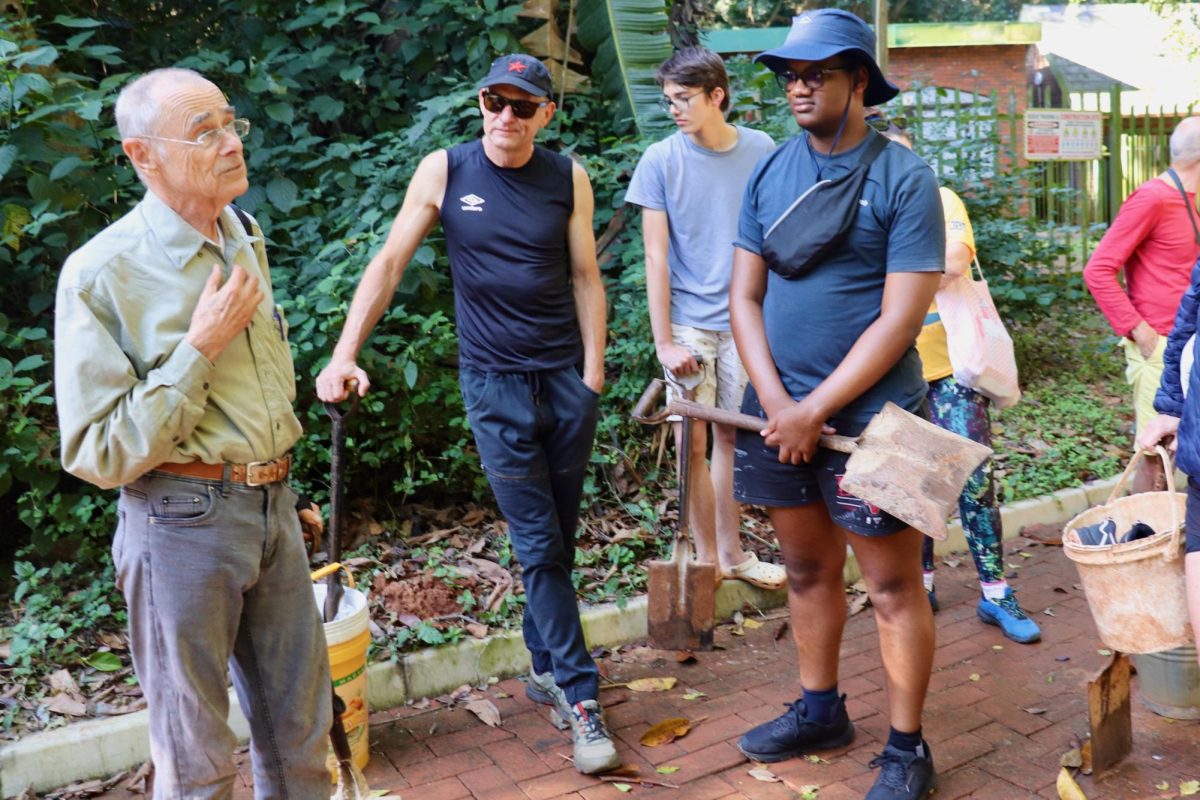The link between opioids and terrorism
It’s everywhere. It’s in our homes, threatening our families; it’s in our schools, harming youth and impeding development; it’s in our streets, fueling the wildfire that is crime and poverty. It’s a crisis that presents a public health and national security threat across the country.
President Donald Trump declared the opioid epidemic a national health emergency last month, directing the government to “use every appropriate authority” to deal with the issue. Many have critiqued President Trump for declaring the crisis a “national health emergency” as opposed to a “national emergency,” a designation that allows federal disaster relief funds to be allocated towards fighting the epidemic. Regardless, the declaration represents a breakthrough—as a public acknowledgement from our government of the serious threat that opioids pose to our way of life in the United States.
Our generation has lived most of our lives aware of the “War on Terror” and the “War on Drugs,” two seemingly unrelated but serious challenges to our country. In reality, however, these ongoing battles are more intertwined than they may seem. Billions of dollars have been allocated to these efforts. With the recent degradation in the opioid crisis, attention has shifted to legislative efforts to fight the epidemic here in the United States. To be more effective, however, we need to shift some of that focus beyond our own borders.
There are currently 400 to 500 opium labs located throughout the hills of Afghanistan in areas primarily controlled by the Taliban, the country’s primary terror network and a main contributor to insecurity within the Middle East. The war-torn country produces almost 90 percent of the world’s poppy, the flowering plant that produces opium. The region has been traced to drug networks all over the globe, and the Taliban has more recently begun to refine opium into morphine and heroin, making it much easier to smuggle around the world.
While combatting these labs would take a sizable amount of supply out of the global drug opioid network, there is another advantage to this strategy of targeting these labs. A Taliban drug lord can make anywhere between $100 and $400 million dollars per year through illegal opium operations.
The threat of these Taliban operations, however, is not only one of public health, but also terrorism—as Taliban forces use these operations to fundraise and finance two-thirds of their global terror network. To put it in perspective, the Afghan government collects $1.7 billion in legitimate taxes from its people, accounting for only seven percent of its GDP, but the criminal economy in Afghanistan counts for almost 20 percent of its GDP.
The economic downside doesn’t affect only Afghanistan, however; it affects us domestically, too. According to a recently released report by the Economic Council of Advisors, the cost of the opioid epidemic in the U.S. is close to half of one trillion dollars—even without including negative effects on the economy due to the damage to the workforce.
This crisis provides us with an opportunity, however, to diminish both terror and drug operations through cooperation and strategic partnerships. The U.S. has given approximately $8 billion and hundreds of military advisers to help the Afghan Ministry of the Interior neutralize the drug and Taliban threat. The task, however, is not an easy one.
The Ministry has almost 300,000 hectares, roughly double the size of New Jersey, of remote land with only 500 Afghan forces to police and patrol the region. Despite political objections by some, the Trump administration has announced a renewed strategy in Afghanistan calling for increased military operations and clandestine services. If the U.S. includes drug operations in its overall Afghan strategy, stability and security are likely to improve and will help alleviate the opioid epidemic here at home and across the world.
This effort doesn’t have to be solely a U.S. operation, as the Taliban’s opioid production also affects other countries. It is estimated that 95 percent and 85 percent of Canada and the United Kingdom’s heroin, respectively, can be traced to Afghanistan. A possible task force of countries working together through existing international organizations could focus more broadly on the global epidemic, fighting the supply of these drugs, while simultaneously combating terror.
This may sound overly optimistic, but the alternatives create deadly scenarios in both Afghanistan, the U.S. and other countries affected by the dispersion of these dangerous drugs. If this issue is not addressed, the crisis on the homefront and abroad will become exacerbated, exceeding our current limitations. For example, in 2015, 29,800 died from heroin and natural opioids such as morphine, and that number is only expected to increase.
The Taliban, aided by the funds received from the drug trade, has also inflicted severe casualties within Afghanistan where last month over 200 civilians and security forces were killed in terrorist attacks, adding on to the 5,243 casualties from January to July of this year. In one gruesome attack, Islamic State militants disguised themselves as shepherds and detonated a bomb outside of a Shia mosque during a religious holiday, proceeding to open fire on the worshippers resulting in almost 40 casualties. Since 2009, armed conflict has claimed the lives of over 26, 512 Afghan civilians.
The statistics are very clear. The distribution of opioids is not only harming innocent civilian lives through the damage they cause to the public health, but also through the terrorist activities they enable. The effects are evident and devastating. Yet, the solution is unfortunately convoluted. However, regardless of opinion, it is evident that increased international cooperation and aid towards our common goal is necessary to neutralize the terror and drug epidemic.







































